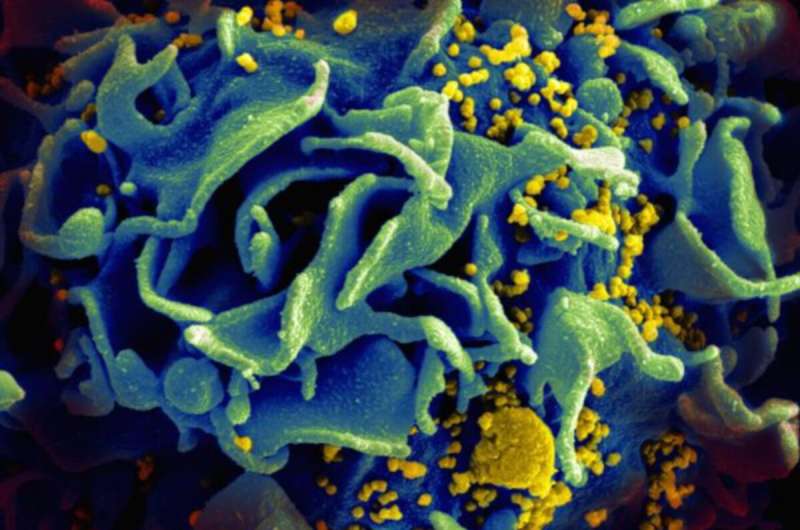
In 2003 in Haiti, a 20-year-old in treatment for HIV could have expected to live to 34. But as of 2017, life expectancy for a 20-year-old in treatment for HIV in Haiti is now 61, compared to 70 for Haiti’s general population.
A research team from Vanderbilt University Medical Center and institutions across Latin America today reports what looks to be far the largest study to date of life expectancy for people living with HIV infection in low-income or middle-income countries.
With a focus on 30,688 people treated for HIV between 2003 and 2017 in seven Latin American countries, the study, published in The Lancet HIV, finds dramatic increases in life expectancy.
In 2003, a 20-year-old in treatment for HIV in Argentina, Brazil, Chile, Honduras, Mexico or Peru could have expected to live to 51. As of 2017, life expectancy for a 20-year-old in treatment for HIV in these countries is 70, compared to 78 for the general population.
Data used in the study came from the Caribbean, Central, and South America Network for HIV Epidemiology (CCASAnet), an HIV epidemiology research consortium that links VUMC expertise and resources with researchers at clinical sites in Argentina, Brazil, Chile, Haiti, Honduras, Mexico and Peru.
While reflecting the increased use of antiretroviral therapy to treat HIV infection in low-income and middle-income countries, the gains found in the study also track with overall gains in life expectancy in the region. The greatest gains in life expectancy for those with HIV came in the years 2013 through 2017, coinciding with the “treat all” era in HIV, whereby all people with HIV are recommended to received treatment regardless of HIV disease stage.
“Antiretroviral therapy became much more widely available across the study region beginning in the 2000s, and it gives one heart to see the widespread effect this is having,” said one of the leaders of the study, infectious diseases specialist Jessica Castilho, MD, MPH, assistant professor of Medicine at VUMC.
“Our findings, however, also highlight stark health disparities within the HIV population in these countries, echoing the situation in the U.S. and other high-income countries. These disparities are like cracks showing in the system of care and prevention. Our findings in this regard could help steer the public health response to HIV in the region.”
Among people with HIV, the study found differences in life expectancy based on sex, HIV transmission risk factors (things like sexual preference and injection drug use), history of tuberculosis, level of education, and how severe HIV infection had become by the start of therapy (as measured by CD4 cell count, an index of the immune response).
Throughout the retrospective 14-year study period, life expectancy was generally higher among women with HIV than men with HIV who have sex with men or heterosexual men with HIV.
Source: Read Full Article






